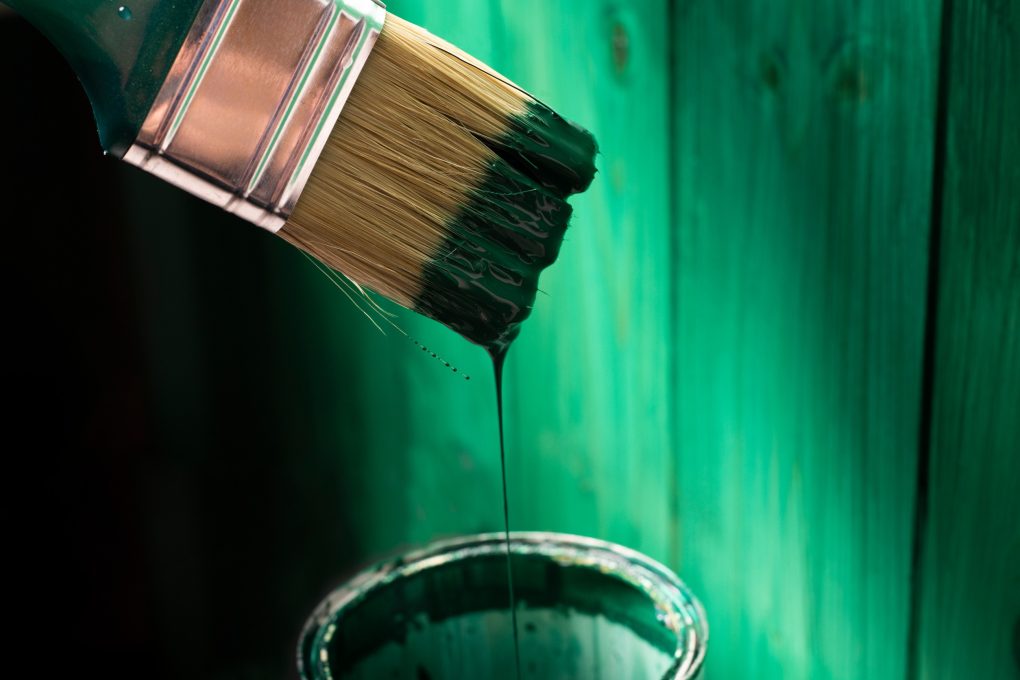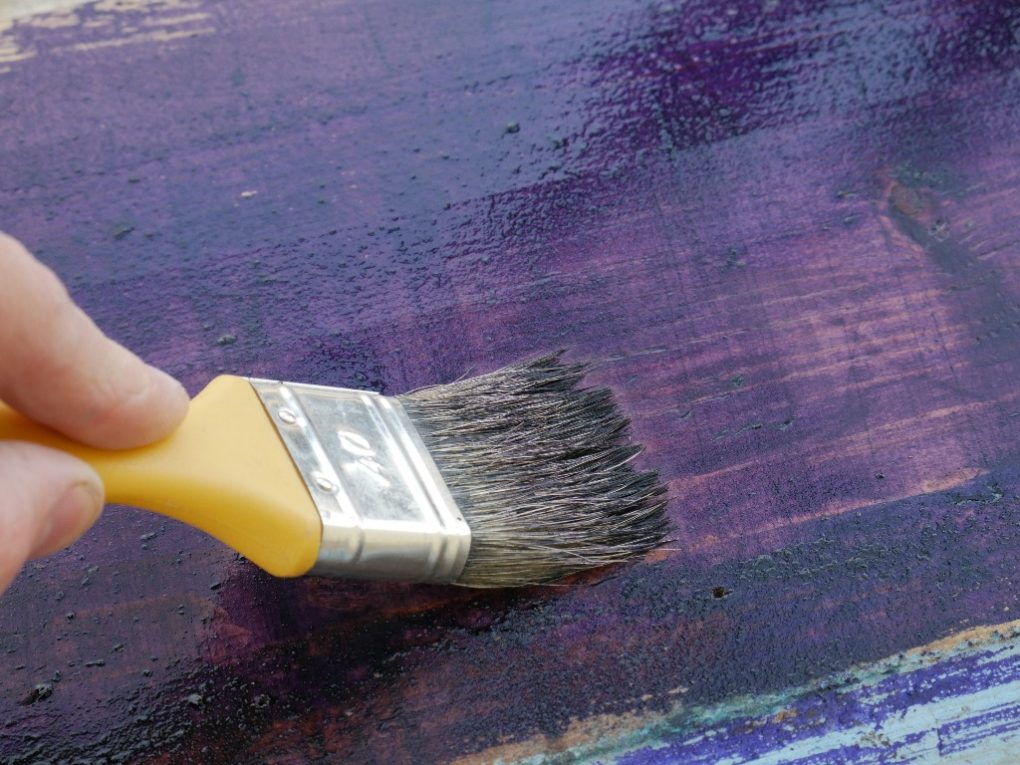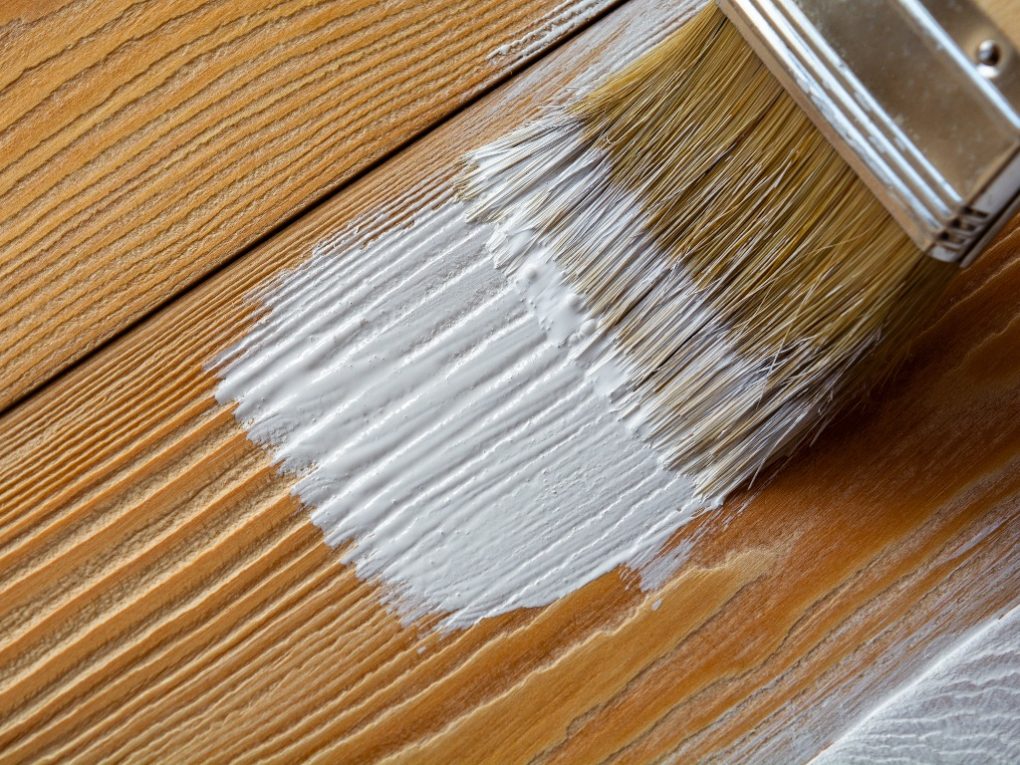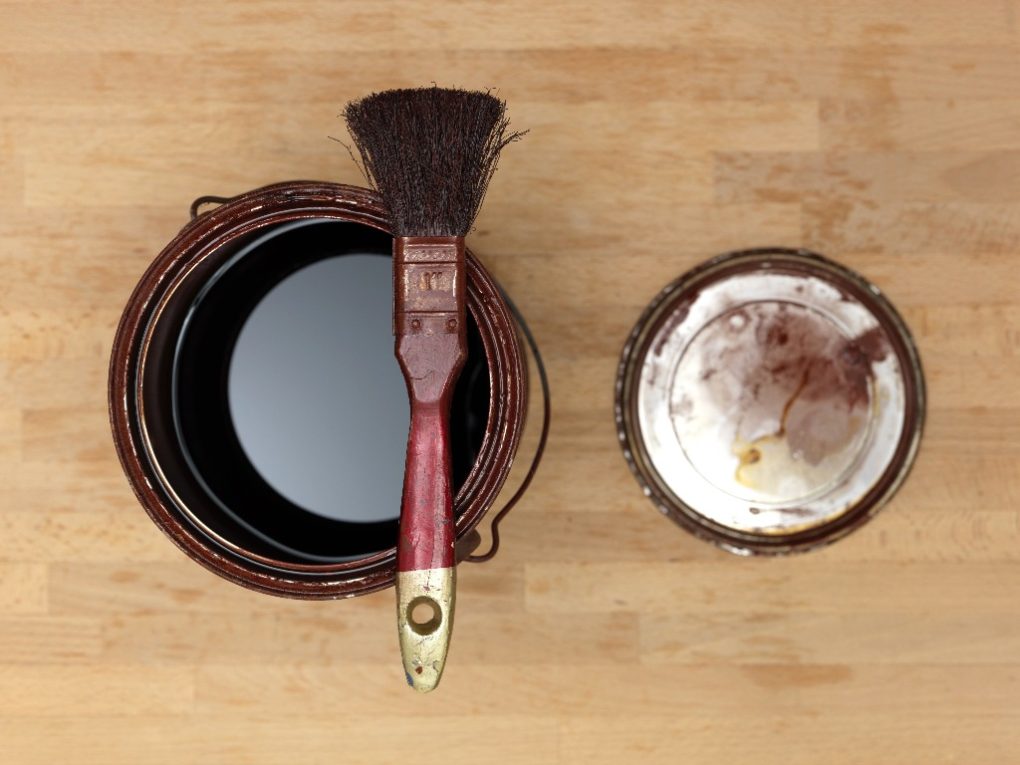Best Waterproof Paint for Wood: Understanding Paint for Wood Surface
Some of the best waterproof paints for wood include oil-based and water-based paints. These paints offer excellent water resistance and durability, ideal for outdoor furniture, decks, fences, and other wood surfaces.


When choosing waterproof paint for wood, it is important to consider factors such as the type of wood, the intended use of the surface, and the climate in which it will be exposed. By selecting the right paint for the job, homeowners can ensure that their wood surfaces remain protected and look great for years.
Types of Waterproof Paint for Wood
Oil-Based
Oil-based paints are a popular choice for waterproofing wood, known for their durability and resistance to moisture. These paints are made from a combination of oil and resin, which makes them highly effective at repelling water.
When applied to wood, they create a protective layer that prevents water from penetrating the surface. One of the downsides of oil-based paints is that they can take a long time to dry, but it can take up to eight hours for the paint to dry fully, which can be inconvenient for those who need to use the wood surface soon after painting.
Additionally, oil-based paints can emit fumes that contain volatile organic compounds (VOCs), chemicals that can evaporate at room temperature and contribute to indoor air pollution. These fumes can have a strong odor and may cause respiratory irritation, headaches, dizziness, and other health effects if inhaled in high concentrations or over prolonged periods.
Water-Based
Water-based paints are another popular choice for waterproofing wood, made from a combination of water and resin, which makes them less harmful to the environment and easier to clean up than oil-based paints.
They also dry faster than oil-based paints, with some brands drying in less than an hour. In addition, water-based paints are also less likely to yellow over time, which can be a problem with oil-based paints.
However, they are less durable than oil-based paints and may require more frequent reapplication. One of the benefits of water-based paints is that they come in various colors and finishes, making them a great choice for those who want to customize the look of their wood surface.


Factors to Consider When Choosing Waterproof Paint for Wood
Durability
One of the most important factors to consider when choosing waterproof paint for wood is durability. The paint should withstand harsh weather conditions, UV rays, and other external factors that can cause damage to the wood. Look for paints made from high-quality materials that have a long lifespan.
Waterproof, durable, long-lasting paint will maintain its effectiveness in repelling water and protecting the wood surface over an extended period. This means the paint will resist cracking, peeling, chipping, or fading, even when exposed to harsh weather conditions, UV radiation, or other environmental factors.
A durable waterproof paint will help ensure the wood remains protected and maintains its appearance for years, reducing the need for frequent repainting and maintenance. Using durable waterproof paint for wood can be cost-effective in the long run.
While durable waterproof paints may be initially more expensive than lower-quality options, they can provide better protection and longevity, saving money on frequent repainting or costly repairs due to wood damage caused by moisture. In addition, investing in high-quality, durable waterproof paint can be a wise choice to protect the value and integrity of the wood surface.
Ease of Application
The paint should be easy to apply, whether you plan to use a brush, roller, or sprayer. It should also dry quickly and evenly without leaving any brush or roller marks. Waterproof paint that is easy to apply can save time and effort during the painting process.
If the paint goes on smoothly and evenly, it can reduce the need for additional coats or touch-ups, saving time and labor. This can be particularly beneficial when painting large areas or multiple wooden surfaces, such as decks, fences, or furniture.


If you are like me, who likes DIY painting, ease of application becomes even more critical. Waterproof paint that is easy to apply can make the painting process more manageable for DIY enthusiasts, including those with limited experience or painting skills.
Paints with user-friendly application properties, such as good flow and leveling, can result in a smoother finish with fewer visible brush or roller marks, making it easier to achieve a professional-looking result.
The ease of application of waterproof paint can also impact the overall painting experience. If the paint is easy to work with and provides smooth and consistent results, it can make the painting process more enjoyable and less frustrating.
Waterproof paint that is easy to apply can also help reduce the risk of errors or mistakes during the painting process. For example, paints with low spatter or drip characteristics can minimize mess and splatter during the application, reducing the chances of paint running or pooling.
Paints with forgiving application properties, such as good coverage or self-leveling, can also help mask imperfections in the wood surface or mistakes made during application. The ease of application of waterproof paint can also affect its ability to adhere properly to the wood surface.
Color Options
The color of the paint can significantly impact the overall appearance of the wood surface. The right color choice can enhance the visual appeal of the wood, complement the surrounding environment, and create a desired aesthetic effect.


Whether you are painting furniture, decking, fences, or other wooden structures, the color of the waterproof paint can be a key factor in achieving your project’s desired look and style. For example, waterproof paint for wood comes in various colors, shades, and tones, providing options for design and coordination with other elements in your space.
Choose a color that matches or contrasts with the existing color scheme of your home, outdoor environment, or other elements in the surrounding area. The color options give you more control over your project’s visual impact and harmony, helping you achieve the desired design and coordination goals.
The color of the waterproof paint can also impact the heat absorption of the wood surface. Darker colors absorb more heat from sunlight, which can cause the wood to heat up and potentially expand or contract, leading to issues such as warping or cracking.
On the other hand, lighter colors tend to absorb less heat, which can help minimize the risk of heat-related damage. Considering the heat absorption properties of the color options can be important, especially in hot climates or for wood surfaces that are exposed to direct sunlight for extended periods.
Color is a matter of personal preference, and choosing a color that you like or that matches your taste can be an important consideration. For example, your project may have specific design or style requirements, or you may prefer a color that fits your vision for the finished result.
Considering the color options of waterproof paint for wood allows you to choose a color that you find visually appealing and that aligns with your preferences. For instance, if you want to maintain the natural color of your wood, consider using clear or tinted waterproofing paint. If you want to add a pop of color, look for paints that come in various colors.
